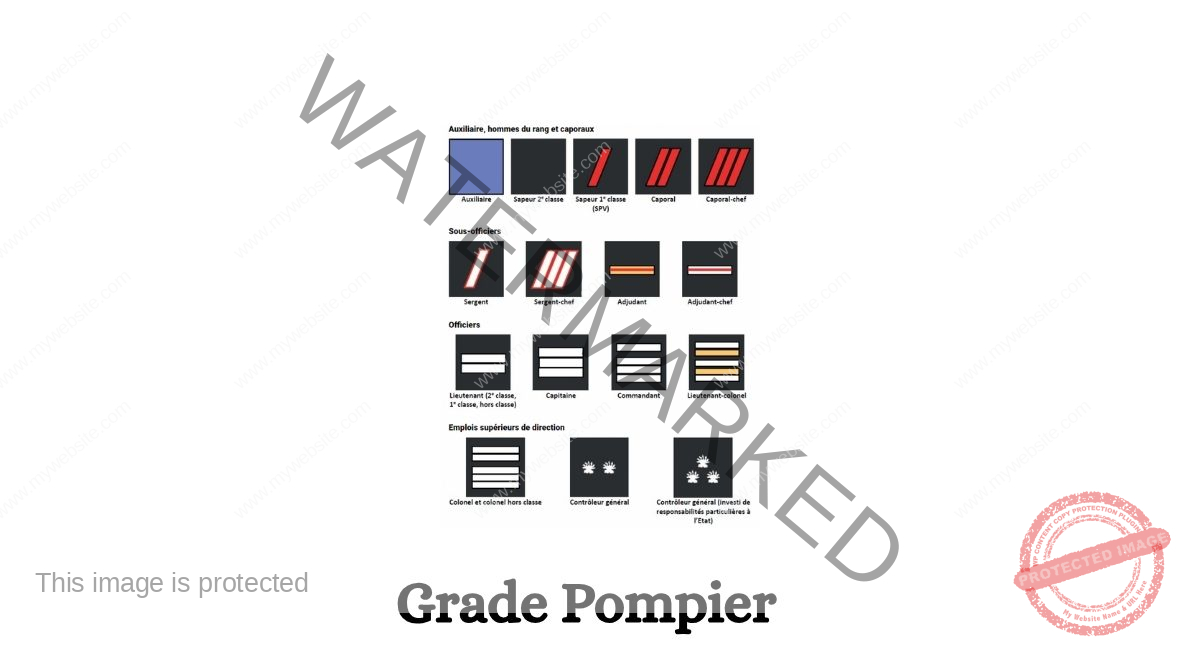Introduction to Grade Pompier
In the world of firefighting, “Grade Pompier” refers to the hierarchy or rank structure within fire services, particularly in French-speaking countries. These grades help organize duties, responsibilities, and career advancement opportunities for professional and volunteer firefighters. Understanding these ranks is crucial for anyone interested in pursuing a career in fire safety or understanding the emergency response systems in countries like France, Belgium, or Canada.
What is Grade Pompier?
The term Grade Pompier translates to “Firefighter Rank” in English. It refers to the level or grade a firefighter holds within a structured firefighting organization. Each grade comes with defined responsibilities, authority, and required training. This structure ensures that teams function efficiently during emergencies.
Hierarchy of Firefighter Ranks (Grades) in France
The French firefighting system is divided into Sapeurs-Pompiers Professionnels (SPP) and Sapeurs-Pompiers Volontaires (SPV). Here’s a breakdown of the typical rank structure:
1. Basic Firefighter Ranks
-
Sapeur (Firefighter)
-
Caporal (Corporal)
-
Caporal-Chef (Senior Corporal)
2. Sub-Officer Ranks
-
Sergent (Sergeant)
-
Sergent-Chef (Chief Sergeant)
-
Adjudant (Warrant Officer)
-
Adjudant-Chef (Senior Warrant Officer)
3. Officer Ranks
-
Lieutenant
-
Capitaine (Captain)
-
Commandant (Major)
-
Lieutenant-Colonel
-
Colonel
Each grade brings more leadership responsibility, technical knowledge, and operational command in fire missions.
Responsibilities at Each Grade
Here’s what firefighters are generally expected to do at each level:
Entry-Level (Sapeur, Caporal)
-
Respond to fire and rescue calls
-
Operate firefighting equipment
-
Follow orders from superior officers
Sub-Officer (Sergent, Adjudant)
-
Lead small teams during operations
-
Conduct training sessions
-
Supervise equipment maintenance
Officer (Lieutenant to Colonel)
-
Strategic decision-making during emergencies
-
Administrative oversight
-
Policy implementation
-
Public safety coordination
Training and Education for Grade Pompier
To achieve higher grades, firefighters must undergo rigorous training, exams, and performance evaluations. Training is conducted at various national firefighter academies and includes:
-
Firefighting Techniques
-
Rescue Operations
-
Hazardous Materials Handling
-
Crisis Management
-
Leadership & Command
Career Progression
Firefighters begin at the Sapeur level and can rise through the ranks with experience, examinations, and advanced certifications. A structured promotion system ensures that individuals are ready for greater responsibilities.
Difference Between Professional and Volunteer Grades
-
Professionals (SPP): Employed full-time; higher chance of advancing quickly through the grades.
-
Volunteers (SPV): Serve part-time; promotion available but often slower due to limited duty hours.
International Relevance of Grade Pompier
While the concept of “Grade Pompier” is rooted in the French system, similar ranking structures exist in many countries, including:
-
Canada (Quebec)
-
Belgium
-
Switzerland
-
North African Francophone countries
Each system may vary slightly, but the core purpose remains the same—effective chain of command.
FAQs about Grade Pompier
Q1. What is the highest grade in the French fire service?
A: The highest rank is Colonel, though some special assignments may go beyond that in administration.
Q2. Can volunteer firefighters reach officer ranks?
A: Yes, volunteers can progress to officer levels with dedication, training, and time.
Q3. How long does it take to move up a firefighter grade?
A: It depends on performance, exams, and service time—typically 2–5 years per level.
Q4. Is firefighter training in France recognized internationally?
A: Yes, France’s training system is highly respected, especially within Europe and French-speaking regions.
Q5. Are there physical tests for each grade?
A: Yes, especially for entry and operational roles; higher ranks focus more on leadership and technical skills.
Conclusion
Understanding Grade Pompier is essential for aspiring firefighters and those interested in public safety. This rank structure ensures professionalism, efficient coordination, and public trust in firefighting units. Whether you’re considering this as a career or just interested in how emergency services operate, knowing the hierarchy helps you appreciate the discipline and dedication of these everyday heroes.














